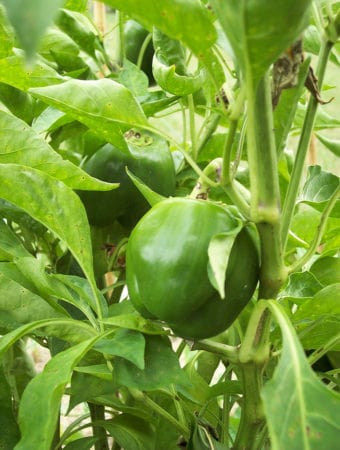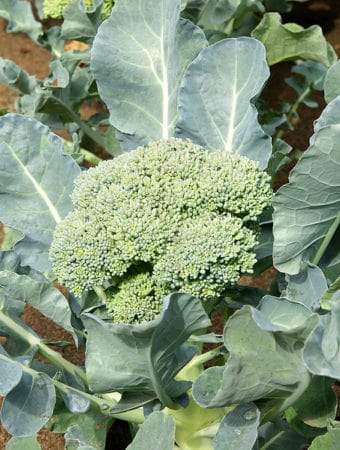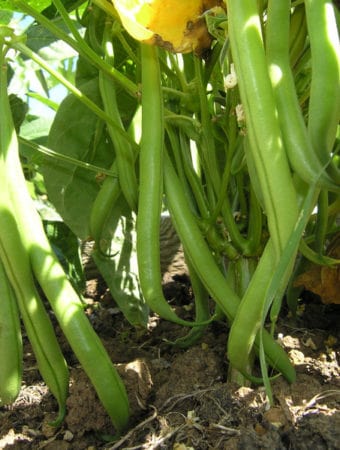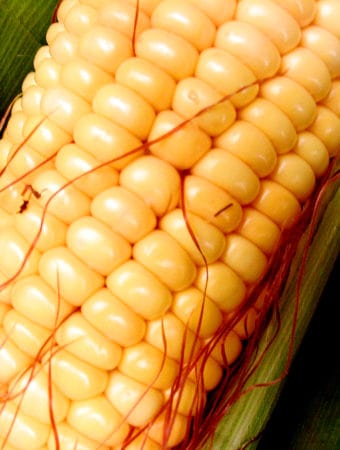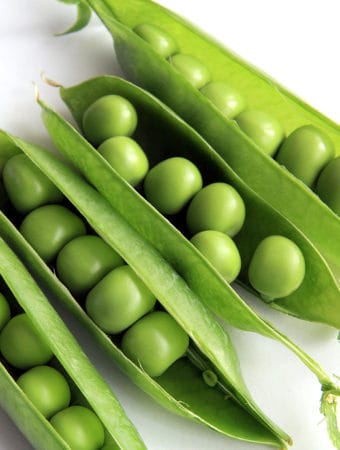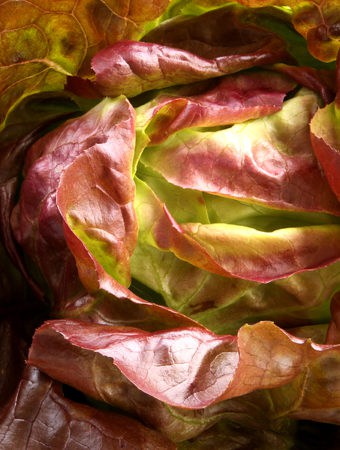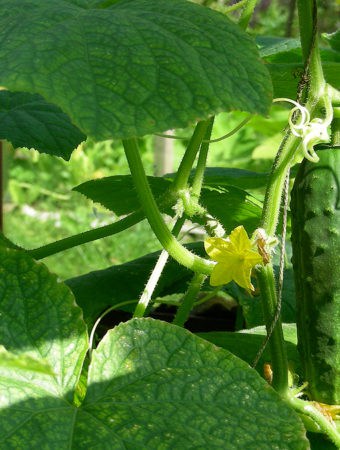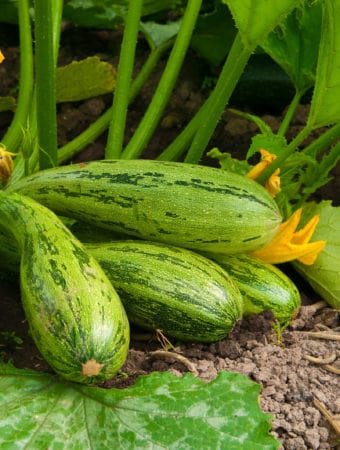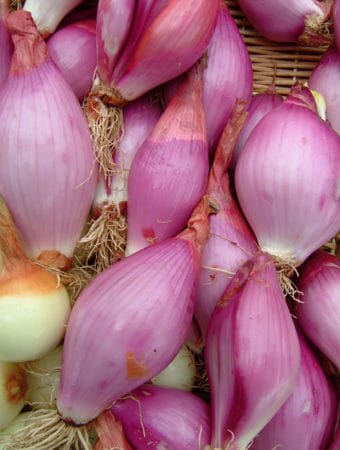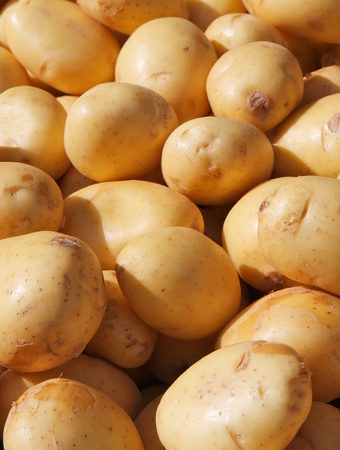Love-lies-bleeding, Amaranthus, is a heavy-looking plant with brilliant cascading flowers. The ropey, tassel-like flowers fall from the top of the plant. Blossoms last as long as 8 weeks. Love-lies-bleeding is easy to grow.
The poorer the soil the more brilliant the foliage of amaranthus; soil too fertile will result in disappointing foliage.
Amaranthus grows readily from seed and prefers a sunny spot in the garden. They can be started in mid to late spring and require considerable space; they should be thinned or transplanted to stand 18 to 24 inches apart.
Flower Garden Success Products at Amazon:
- Wildflower Seed Mix Attracts Hummingbirds and Butterflies
- Eden Brothers All Perennial Seed Mix
- 10 pcs Stainless Steel Garden Hand Tool Set
- Gorilla Cart 4 Cu. Ft, 300-pound Capacity
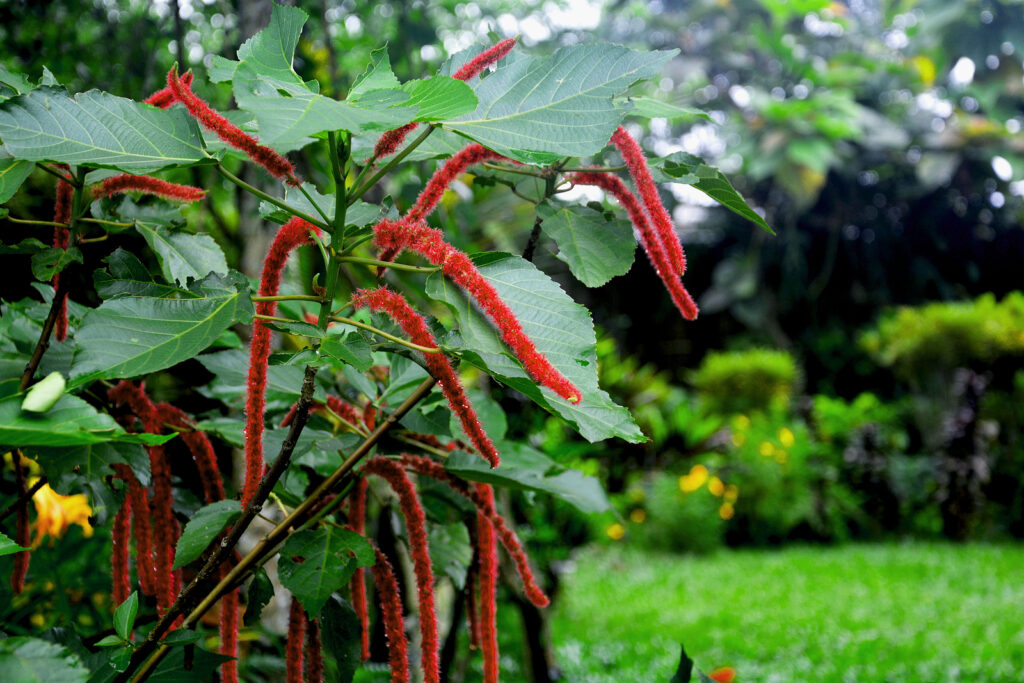
Get to know Amaranthus
- Plant type: Annual
- Growing Zones and range: 2-11
- Hardiness: Tender
- Height and width: 3 to 5 feet (90-150cm) tall; 2 feet (60cm) wide
- Form: Branched stems with large, oval, pale green leaves.
- Flower form and color: Long cascading clusters of tight-packed red, golden, and deep purple-red blossoms
- Colors: Brilliant colored foliage ranges from chocolate brown to crimson, bright green gold
- Bloom time: Spring in warm climates; midsummer in cool climates.
- Uses: Accent in flower beds and borders; cutting garden
- Common name: Love-lies-bleeding and Joseph’s Coat
- Botanical name: Amaranthus caudatus and Amaranthus tricolor
- Family: Amaranthaceae
- Origin: Temperate and tropical regions worldwide
Where to plant Amaranthus
- Plant Amaranthus in full sun in Zones 6-7 and the Pacific Northwest; plant in partial shade in Zones 8-11.
- Plant Amaranthus in humus-rich to average, well-drained soil.
Good Products for Seed Starting Success at Amazon:
- Jump Start Germination Station w/Heat Mat Tray, 72-Cell Pack, Dome
- Espoma Seed Starting Mix
- 200 Count- Jiffy 7 Peat Soil Seed Starting Plugs
- Seed Starter Kit with Humidity Dome (120 Cells Total Tray)
- AgrobriteT5 Fluorescent, 2-Foot, Grow Light System
Amaranthus uses
- Amaranthus is a good choice for backgrounds and borders.
- Use as a point of interest–commands attention from midsummer until frost.
- Picked when young and tender, the leaves and stems of some species can be cooked like spinach.
When to plant Amaranthus
- Sow seed in early summer when soil is at least 70°F (21°C) for germination.
- Set established seedlings in the garden in spring after all danger of frost has passed.
- Sow seed indoors about six weeks before the last frost or in the garden when nighttime temperatures are 50°F (10°C).
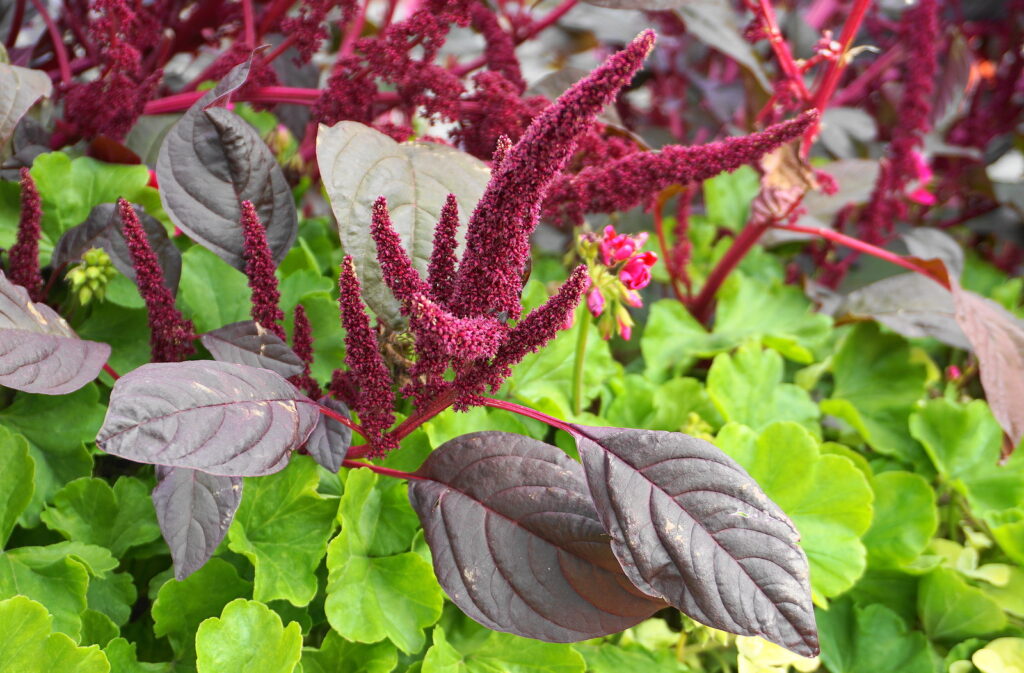
Planting and spacing Amaranthus
- Space Amaranthus 18 inches (45cm) apart.
How to water and feed Amaranthus
- Keep the soil evenly moist.
- Side dress plant with aged compost or slow-release all-purpose fertilizer early and at mid-season.
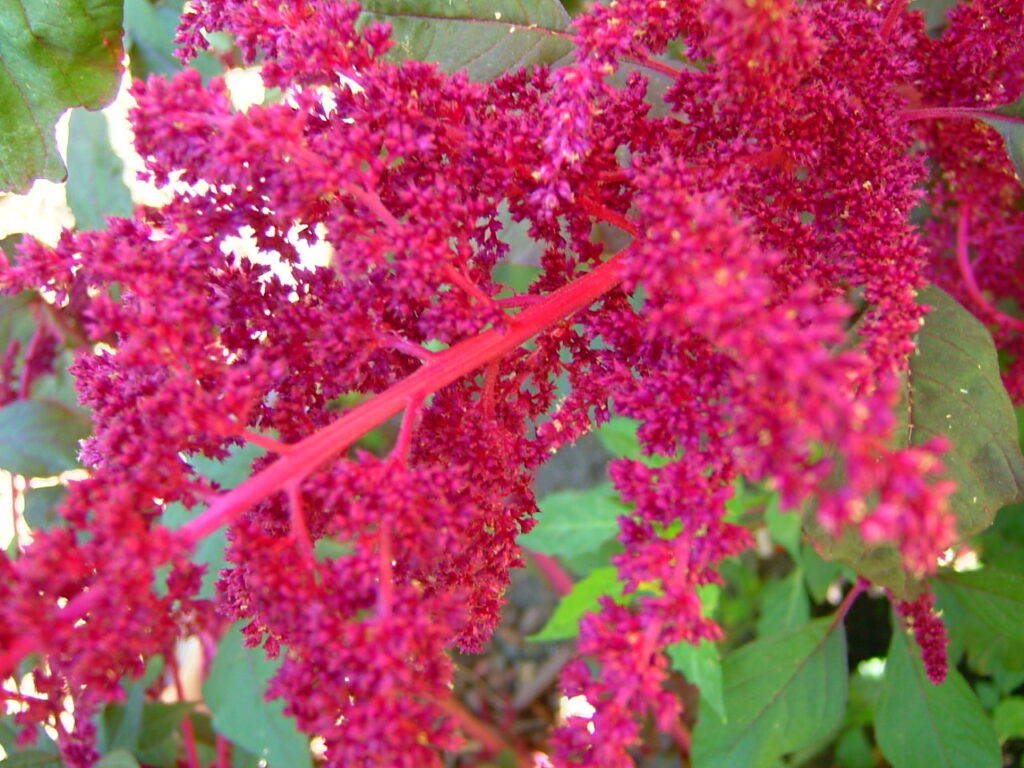
Amaranthus care
- Mulch around plants to keep soil evenly moist.
- Side-dress plants with aged compost or slow-release fertilizer when flowering starts.
- Stake tall plants.
Amaranthus pests and diseases
- Amaranthus is susceptible to aphids, spider mites, and the aster yellow virus.
Amaranthus propagation
- Sow Amaranthus seed outdoors in full sun or part shade after the soil has warmed in spring.
- Germination usually takes 14 to 21 days.
Amaranthus varieties to grow
- Amaranthus caudatus. Love-Lies-Bleeding. Erect or cascading plant; spikes of green or shades of red tassel flower: 3 to 8 feet tall; red flowers, drooping tassel clusters; produces grain.
- ‘Virdis’ has green flower clusters.
- ‘Pygmy Torch’ has crimson clusters above purplish leaves.
- Amaranthus tricolor ‘Joseph’s Coat’ grows 1 to 4 feet tall; boldly colored foliage green leaf strains are used as a spinach substitute.
Amaranthus frequently asked questions
Q: My amaranthus does not have brightly colored foliage. Why?
A: Amaranthus foliage will lose much of its color if the soil is too rich. Do not fertilize amaranthus in spring. It will be the most colorful when the soil is dry and the temperatures are very warm.
Q: When is the best time to plant amaranthus–love-lie-bleeding?
A: You can start amaranthus indoors 6 to 8 weeks before the last frost for transplanting out into the garden after the last frost. Amaranthus is half-hardy.
Q: What conditions does amaranthus grow best in?
A: Amaranthus will grow in just about any soil. It wants a sheltered position in full sun.
Related Articles:
- 20 Perennials That Bloom for 6 to 8 Weeks
- Shrubs with Showy Flowers Season-by-Season
- Trees in Garden Design
- Growing Annuals for Summer Bloom
- Trees—click here for more articles
- Shrubs—click here for more articles
- Perennials—click here to see more
- Annuals—click here to see more



